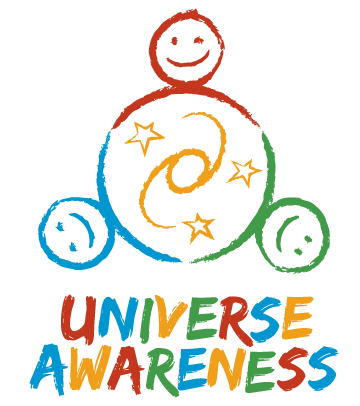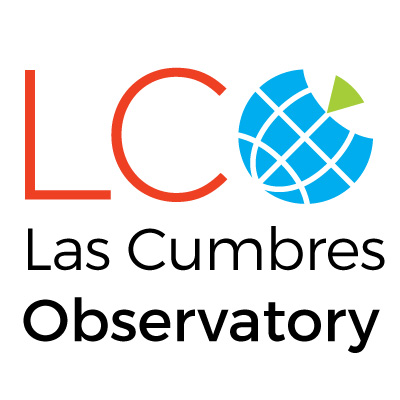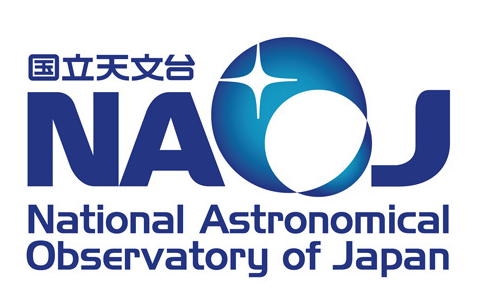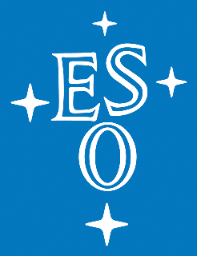The VST is currently playing a role in three surveys, helping to unravel the mystery of dark matter, searching for rare objects, learning about the origin of our Galaxy and much more!

The ability to see things far beyond human vision has always fascinated people. Since the invention of the telescope over 400 years ago, they have been built in many shapes and sizes, and for many different uses.
Not many people know this, but the first telescopes were created by the Dutch around 1600 and were used to spot far-off enemy ships. Back then, telescopes were called “looking glasses”.
The first person to point a looking glass at the night sky was the famous Italian scientist, Galileo Galilei. With his telescope, Galileo became the first person to see many amazing features of our Solar System, including craters on the Moon and Jupiter's four largest moons.
Like 400 years ago, modern astronomers use telescopes to reveal secrets hidden from the human eye. One example is a survey telescope called VST which is being used to peer into the depths of our Galaxy, the Milky Way. The VST is mapping our cosmic neighbourhood to help us understand how it was made.
One of the many impressive sights in the Milky Way is the Lagoon Nebula. This picture demonstrates the impressive panoramic (wide) photographs the VST can make. It shows the Lagoon Nebula, a gigantic cloud of gas and cosmic dust stretching 100 light years across. That's 5 million times bigger than the distance between the Sun and the Earth!
The VST is a survey telescope, which is why it can see such large parts of the sky at once. It is designed to collect huge amounts of information from the entire sky which is then made available for anyone to study.




















